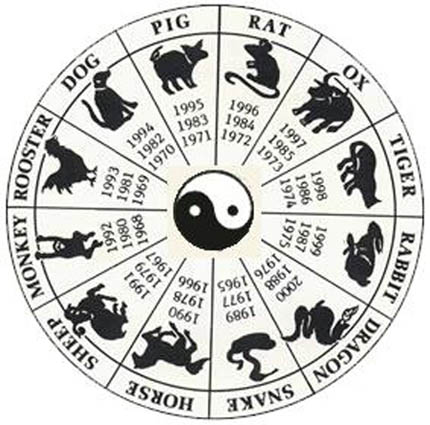
El traditional chinese calendar It is the so-called "calendar of agriculture" or nóngli, in pinyin. The traditional Chinese calendar is of course the lunar calendar and this is used when it comes to organizing traditional festivals such as the Chinese New Year, the Lantern Festival or the Autumn Crescent Festival. In astrology it is also used to set the most auspicious day for many things, for example going to bed or building a building.
The Chinese lunar calendar is made up of twelve months with 29 days each and half days in each month. Every two and a half months an additional month is added creating a leap year. The beginning of each lunar month is marked with a New Moon according to the Western calendar. The beginnings of the Chinese calendar can be traced back to the 12th century BC in an ancient legend that says that it was Emperor Huangdi who invented it but it is actually based on very precise observations about the length of the sun and the phases of the moon. This calendar has some similarities to the Hebrew calendar in the sense that a normal year has 13 months and a leap year has 353 or that an ordinary year has between 354, 355 or 383 days while a leap year has between 384, 385 and XNUMX days .